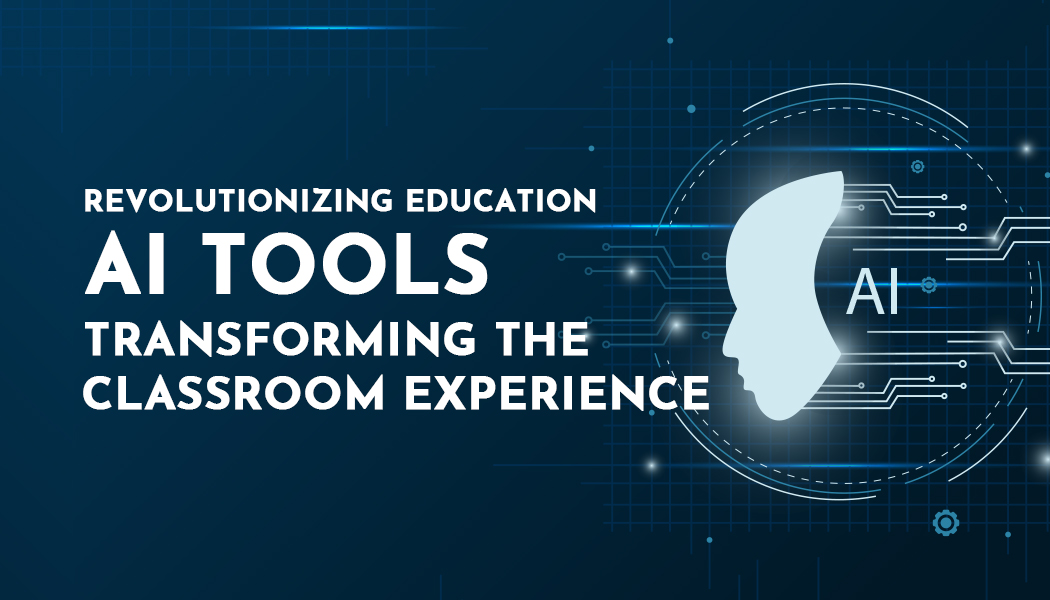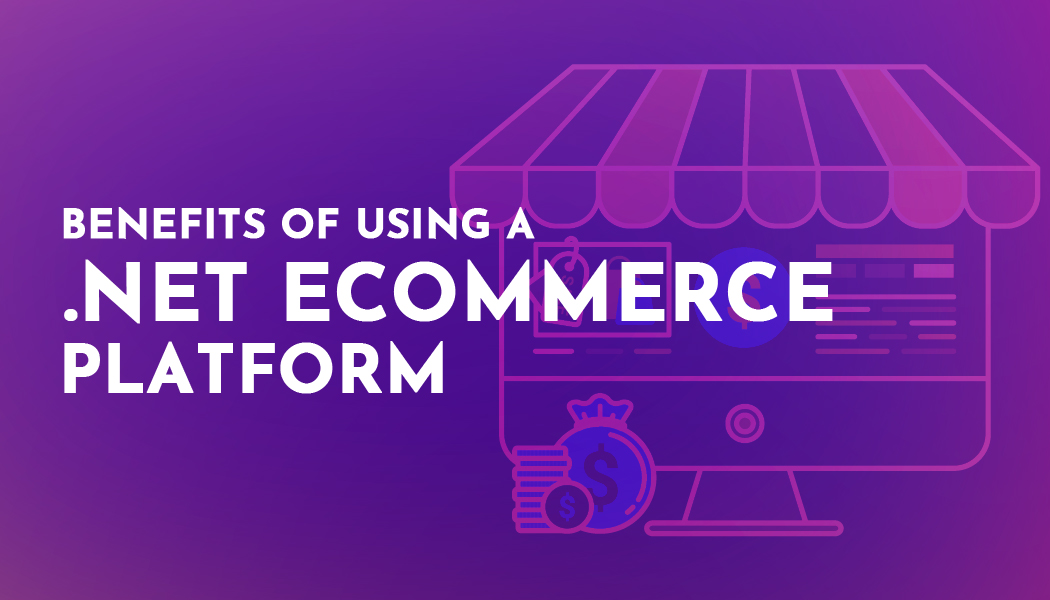Revolutionizing Education: AI Tools Transforming the Classroom Experience
Introduction
In today's rapidly progressing mechanical scene, Artificial Intelligence (AI) has risen as a game-changer in different industries, including education. With the integration of AI devices into classrooms, teachers can upgrade teaching strategies, personalize learning experiences, and streamline regulatory tasks. This article investigates the diverse range of Top AI tools revolutionizing the modern classroom environment.
Artificial Intelligence refers to the simulation of human intelligence forms by computer frameworks. Within the realm of education, AI advances are being leveraged to analyze vast sums of information, automate administrative assignments, and give personalized learning experiences custom-made to person student needs.
Advantages of AI Tools in the Classroom
1. Personalized Learning
AI-powered educational stages analyze student data to form personalized learning paths. By understanding each student's strengths, weaknesses, and learning pace, these AI tools used in classroom to adjust content delivery to optimize comprehension and maintenance.
2. Enhanced Student Engagement:
Intelligently AI tools, such as virtual guides and gamified learning stages, captivate students' attention and make learning more pleasant. These tools simulate real-world scenarios, cultivating active support and deeper understanding of the subject matter.
3. Efficient Assessment
AI algorithms can survey students' performance through computerized reviewing frameworks and real-time input mechanisms. This dispenses with the need for manual reviewing, allowing teachers to center more on directions exercises and giving targeted back to battling understudies.
4. Support for Special Needs
AI-powered tools can cater to students with diverse learning needs, including those with incapacities or learning disorders. Through versatile advances and assistive highlights, such as text-to-speech and discourse recognition, these devices guarantee inclusivity and accessibility for all learners. Utilizing cutting-edge technological progress and supportive features, for instance, an intelligent AI homework assistant, these solutions can offer prompt, mutable-stage homework solutions for all levels of learners.
5. Data-Driven Insights
AI analytics tools accumulate and analyze data on student performance, learning designs, and teaching effectiveness. Teachers can use these insights to recognize areas for enhancement, track student progress, and make data-driven instructional decisions.
Best AI Education Tools
Here are a few of the best AI education tools that are broadly utilized and highly regarded in the educational community
● Google Classroom
Google Classroom integrates seamlessly with Google's suite of efficiency tools, giving teachers a stage for creating, conveying, and grading assignments. While not exclusively AI-focused, Google Classroom joins AI-powered features such as Smart Answer for email responses and Smart Compose for document writing, streamlining communication and productivity for both teachers and students.
● Kahoot!
Kahoot! is a popular game-based learning stage that employs gamification to lock in students in tests, overviews, and discussions. The stage recently introduced Kahoot! Academy, which offers a library of instructive content made by teachers worldwide. Whereas not strictly AI-driven, Kahoot! incorporates adaptive learning features that personalize tests based on students' reactions, promoting dynamic support and retention.
● Edmodo
Edmodo is a social learning platform that interfaces teachers, students, and parents in a collaborative online environment. The stage offers highlights such as task management, discourse sheets, and surveys to empower communication and engagement. Whereas primarily focused on social learning, Edmodo consolidates AI-driven analytics to supply insights into understudy performance and engagement, empowering teachers to tailor instruction accordingly.
● Brainly
Brainly is a peer-to-peer learning platform where students can inquire questions, collaborate on solutions, and learn from each other. With a vast community of clients worldwide, Brainly offers instant access to a wealth of information over different subjects and points. While not AI-exclusive, Brainly leverages machine learning calculations to recommend relevant questions and answers to clients based on their interface and past interactions.
● Duolingo
Duolingo is a language-learning stage that uses gamified lessons and versatile works out to teach over 30 languages. The stage utilizes AI algorithms to personalize learning ways for each user, adapting difficulty levels based on person proficiency and learning pace. Moreover, Duolingo's AI-powered chatbots give interactive conversation practice, empowering clients to apply language skills in real-world scenarios.
● Squirrel AI
Squirrel AI is an AI-powered mentoring system that conveys personalized learning experiences custom fitted to each student's needs. Utilizing adaptable algorithms and cognitive modeling strategies, Squirrel AI identifies students' qualities, weaknesses, and learning styles to supply centered on instruction and support. The platform offers a comprehensive curriculum covering different subjects and review levels, making it suitable for K-12 education.
● IBM Watson Education
IBM Watson Education is a suite of AI-powered tools and arrangements outlined to enhance teaching and learning encounters. From virtual tutors and chatbots to information analytics and predictive modeling, IBM Watson Education offers a run of capabilities to back educators, administrators, and students. The stage leverages natural language processing, machine learning, and other AI advances to provide personalized insights and proposals for optimizing educational outcomes.
● Cognii
Cognii offers AI-powered virtual guides and assessment tools planned to progress writing skills, critical thinking, and conceptual understanding. The stage gives instant criticism on open-ended responses, creates personalized learning recommendations, and encourages developmental assessment through natural language processing and machine learning.
Conclusion
In conclusion, AI tools are reshaping the scene of education by giving personalized learning experiences, improving student engagement, and optimizing teaching effectiveness. By grasping these inventive innovations and tending to usage challenges, educators can harness the control of AI to create inclusive, student-centered learning situations that prepare learners for success in the digital age.
FAQS
Q1: How are AI devices ensuring equity and accessibility in education?
Ans: AI tools are helping to guarantee equity and accessibility in instruction by giving personalized support and accommodations for students with diverse learning needs and foundations. These devices can adjust content, give elective designs, and offer language support to meet individual students' needs, thereby advancing inclusivity and removing barriers to learning.
Q2: What are a few examples of AI tools used in the classroom?
Ans: Illustrations of AI tools utilized within the classroom include versatile learning stages like Khan Academy and Duolingo, automated reviewing software such as Gradescope, virtual mentoring systems like Squirrel AI, and data analytics tools like BrightBytes. These devices utilize AI innovations such as machine learning, natural language processing, and computer vision to improve teaching and learning experiences.




